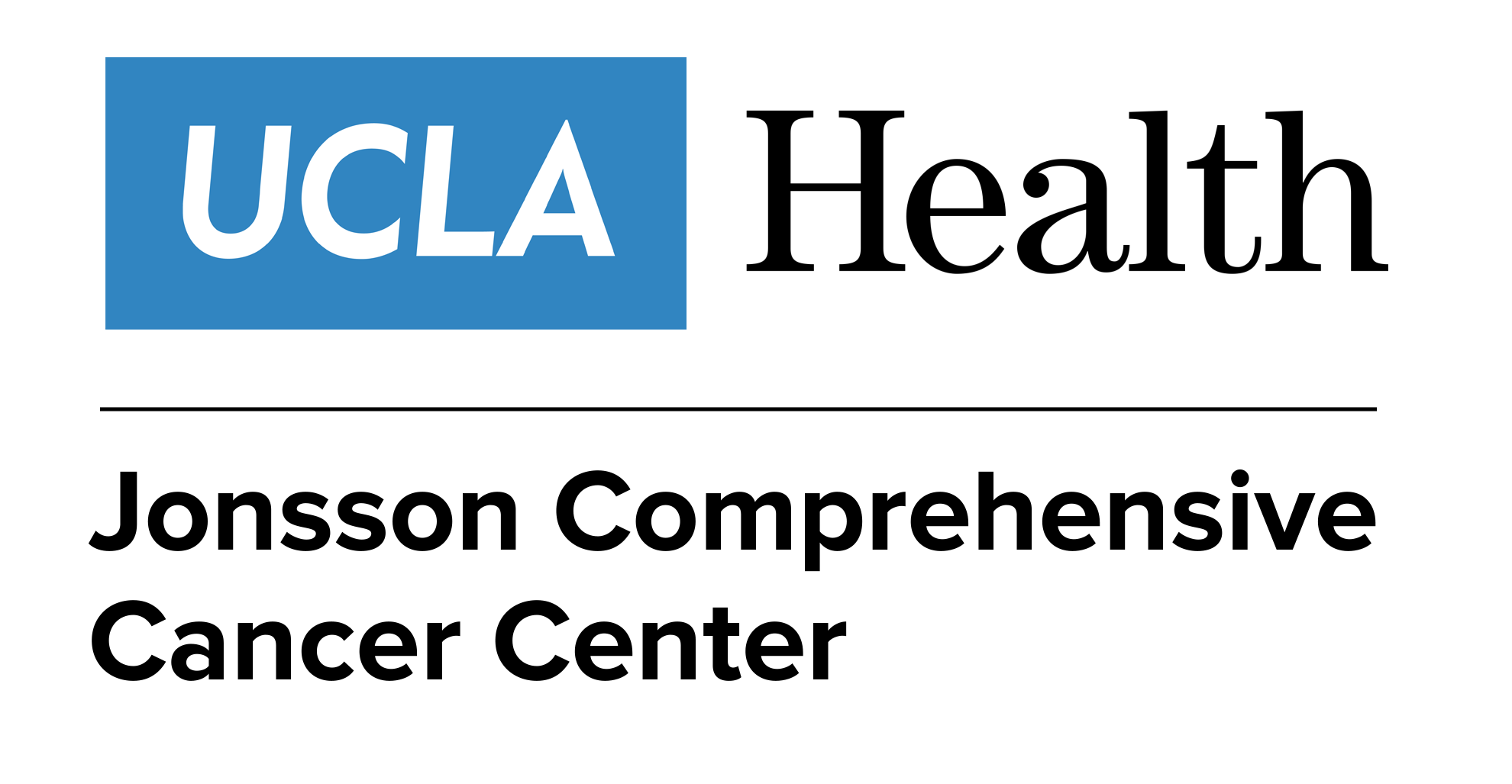- Advertise
- About OncLive
- Editorial Board
- MJH Life Sciences brands
- Contact Us
- Privacy
- Terms & Conditions
- Do Not Sell My Information
2 Clarke Drive
Suite 100
Cranbury, NJ 08512
© 2025 MJH Life Sciences™ and OncLive - Clinical Oncology News, Cancer Expert Insights. All rights reserved.
More Precise Classifications of Non–Clear Cell RCC Are Required to Improve Personalized Treatment
Alexandra Drakaki, MD, expands on the need to improve specific classifications in non–clear cell renal cell carcinoma.
The evolving treatment landscape of non–clear cell renal cell carcinoma (RCC) has emphasized the importance of understanding molecular signatures and the specific subtypes of tumors that fall under this classification, according to Alexandra Drakaki, MD.
“As we are analyzing kidney tumors and every other tumor, it is important to [understand] molecular signatures. We now have a group of kidney cancers where you can identify either ALK arrangements, SMARCB1 [deficiency], and others,” Drakaki explained.
In an interview following an OncLive® State of the Science Summit, Drakaki spoke about the current treatment paradigm of patients with non–clear cell RCC, described some key updates that have shifted the way that patients with the disease are treated, and highlighted the need to further address the classifications of tumors within the non–clear cell space.
Drakaki serves as an associate professor of Medicine, Hematology/Oncology, and Urology at the University of California, Los Angeles (UCLA), UCLA Health, and as a physician at Santa Monica Cancer Care.
OncLive: How have the classification of subtypes of non–clear cell RCC changed in recent years?
Drakaki: We used to have at least 5 types of kidney cancer. The majority of those tumors had clear cell [histology] with VHL mutations. The different subgroups that used to be the most commonly reported were papillary type 1, papillary type 2, chromophobe, and oncocytoma. This family has now grown, and in the group of non–clear cell tumors, we’re including collecting duct carcinoma, kidney medullary carcinoma, unclassified, translocation tumors, and those kidney cancers with sarcomatoid features.
Interestingly, during the COVID-19 [pandemic], in 2022, we got an updated classification for kidney cancer. This is important because as we see new patients in any tumor type, we tend to send analysis for next-generation sequencing. Now, we're going more in depth [in RCC], and we have molecularly defined tumors. We have a group of kidney cancers that have a hydratase deficiency or succinate dehydrogenase. We see tumors with ALK rearrangements. Additionally, we are seeing SMARCB1-deficient RCC more. Usually, those with a SMARCB1-deficient disease have renal medullary carcinoma.
What key trials have laid the groundwork for treatment in patients with non–clear cell RCC?
David F. McDermott, MD, of Beth Israel Deaconess Medical Center, in Boston, Massachusetts, led the phase 2 KEYNOTE-427 trial [NCT02853344] of single-agent pembrolizumab [Keytruda] in patients with non–clear cell RCC. All of these tumor [subtypes] were lumped together; therefore, we had [patients with] papillary, chromophobe, unclassified, [and others]. It was important to see that we still had complete responses, which was proof of principle that immunotherapy could be effective in non–clear cell tumor types.
Another important point is the [trial] end point of treatment-free survival. [A proportion of] patients who had to stop treatment for whatever reason continued to have ongoing response.
After KEYNOTE-427 justified immunotherapy [in non–clear cell RCC], we now have data on the combination of pembrolizumab and lenvatinib [Lenvima] from the [phase 2 KEYNOTE-B61 trial (NCT04704219) in advanced non–clear cell RCC]. We also [have more data for this combination from] the phase 3 CLEAR trial [NCT02811861] in first-line clear cell RCC. This has been an effective combination [in the clear cell setting], so it made sense to study it in the non–clear cell setting.
At the 2023 ASCO Annual Meeting, data from KEYNOTE-B61 for pembrolizumab plus lenvatinib in the non–clear cell space were presented. Again, it was not a surprise to see that the majority of patients had responses. We had a median PFS of 17.9 months [95% CI, 14–not reached]. The median overall survival had not been reached at the time of the publication of data in Lancet Oncology in 2023. These were encouraging results, and we have this new combination of immunotherapy with targeted therapy for patients with non–clear cell disease.
Are there any other data or ongoing trials for immunotherapy in non–clear cell RCC?
As you can imagine, the same concept [of an immuno-oncology/TKI combination] has been tested with other agents. There was a phase 2 trial [NCT03635892] with cabozantinib [Cabometyx] plus nivolumab [Opdivo] in this patient population. The same concept was there, and patients did respond. VEGF inhibition plus immune checkpoint inhibitors do work in patients with non–clear cell RCC.
Zanzalintinib (XL092) is a novel, multitargeted TKI; it targets VGF and MET. We now have the phase 3 STELLAR-304 study [NCT05678673] in the first-line for patients with non–clear cell disease. It is an interesting schema; there's a 2:1 randomization with sunitinib [Sutent] being the control arm. I'm surprised that sunitinib was chosen and the FDA allowed it to be the control arm. However, this will be the first big phase 3 randomized study with a novel agent in combination with immunotherapy [zanzalintinib plus nivolumab]; we're all excited to see what the field will bring us.
What would you like to see changed and addressed in the way that non–clear cell RCC tumors are categorized?
What is disappointing is that we still lump all of these [non–clear cell] tumors together. Ideally, we need to have a chromophobe only, a papillary only–which actually exists–and tumors with only translocation in order to make a more personalized approach. The hope is there, and drug development is helping.
Reference
Lee C-H, Gurney H, Atduev V, et al. First-line lenvatinib + pembrolizumab treatment across non-clear cell renal cell carcinomas: results of the phase 2 KEYNOTE-B61 study. J Clin Oncol. 2023;41(suppl 16):4518. doi:10.1200/JCO.2023.41.16_suppl.4518


